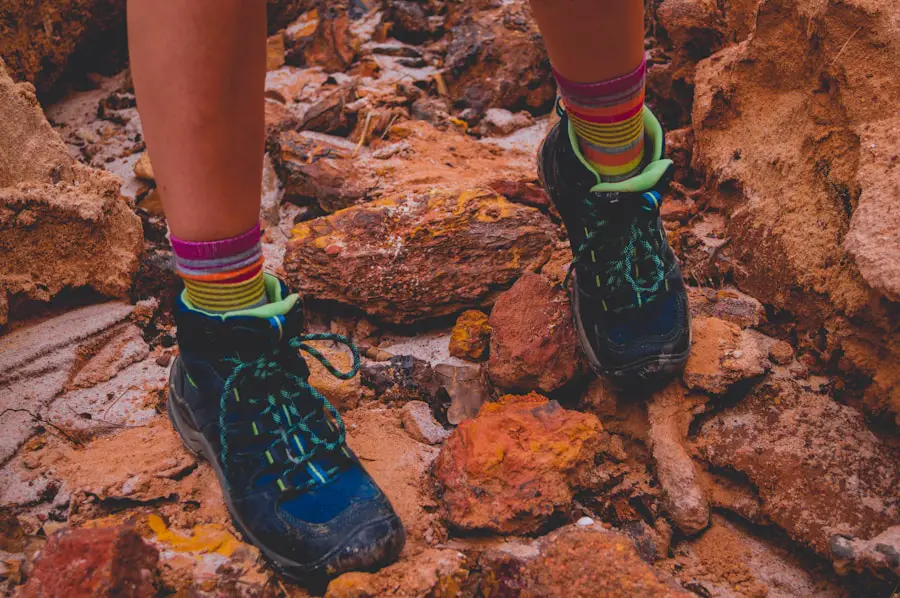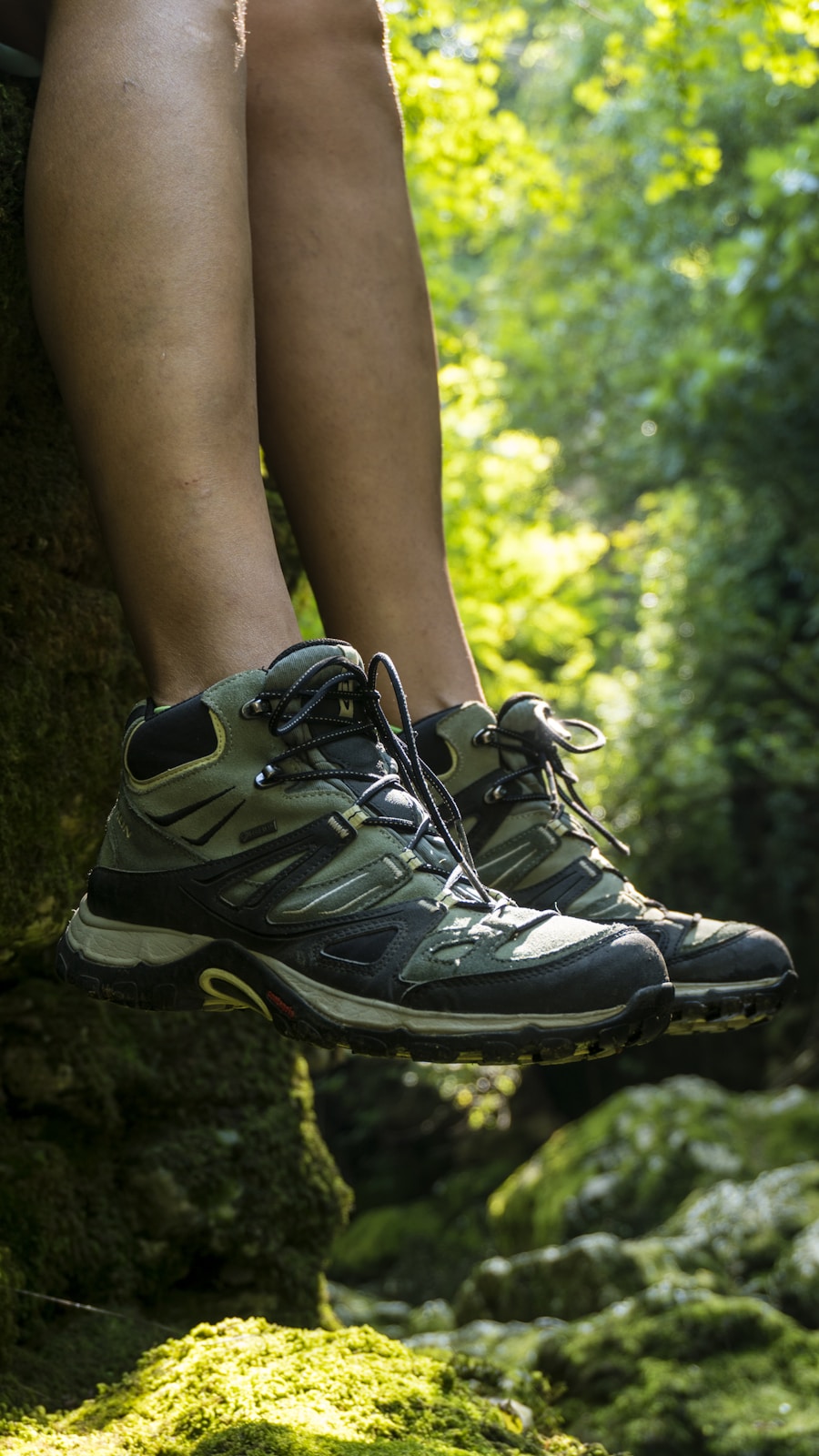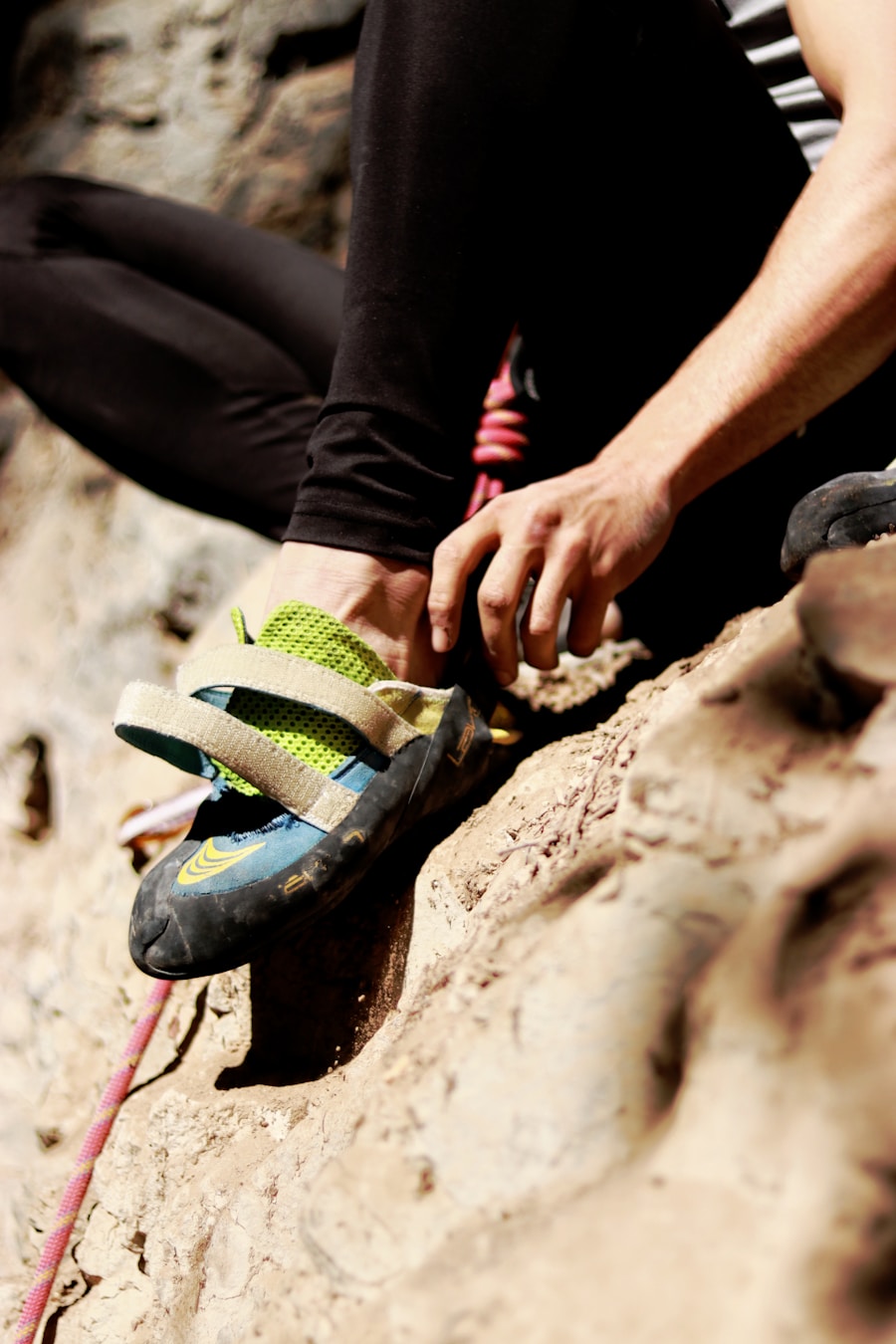The significance of proper footwear cannot be overstated, especially for those who engage in outdoor activities such as hiking, trekking, or even casual walking. The right shoes provide essential support, cushioning, and protection, which are crucial for maintaining foot health and overall comfort during prolonged periods of activity. Footwear that is ill-fitting or inappropriate for the terrain can lead to a myriad of issues, including blisters, calluses, and even more severe injuries like sprains or fractures.
A well-designed shoe not only enhances performance but also minimizes the risk of fatigue, allowing individuals to enjoy their outdoor experiences without the burden of discomfort. Moreover, the type of footwear chosen can significantly impact one’s experience on various terrains. For instance, hiking boots are specifically engineered to provide ankle support and traction on uneven surfaces, while trail running shoes are designed for speed and agility on less rugged paths.
The materials used in construction also play a vital role; breathable fabrics can help regulate temperature and moisture, while waterproof options keep feet dry in wet conditions. Understanding the specific demands of the activity and selecting appropriate footwear is essential for both safety and enjoyment.
Key Takeaways
- Proper footwear is crucial for hiking to prevent injuries and provide support for the feet and ankles.
- Choosing the right pair of socks can make a significant difference in preventing blisters and keeping feet comfortable during a hike.
- Pre-hike foot care, including trimming toenails and applying moisturizer, can help prevent discomfort and blisters on the trail.
- Techniques for preventing friction, such as using moleskin or tape, can help reduce the risk of blisters during a hike.
- Knowing how to treat blisters on the trail, including cleaning and covering the blister, can help prevent infection and further discomfort.
Socks Matter: Choosing the Right Pair
While shoes are often the focal point of foot care, the importance of socks should not be overlooked. The right pair of socks can make a significant difference in comfort and performance during any outdoor activity. When selecting socks for hiking or other strenuous activities, it is crucial to consider factors such as material, thickness, and fit.
Wool and synthetic blends are popular choices due to their moisture-wicking properties, which help keep feet dry and reduce the risk of blisters. Cotton socks, on the other hand, tend to retain moisture and can lead to discomfort and skin irritation. Additionally, the thickness of the sock can influence how well it fits within the shoe.
Thicker socks may provide extra cushioning but can also create a tighter fit that may lead to pinching or rubbing. Conversely, thinner socks may allow for more room but might not offer sufficient padding for long hikes. It is advisable to try on socks with the intended footwear to ensure a proper fit.
Furthermore, features such as arch support and cushioning in specific areas can enhance comfort and reduce fatigue during extended periods of activity.
Pre-hike Foot Care: Tips for Happy Feet

Before embarking on a hike, taking proactive steps to care for your feet can significantly enhance your experience. One essential practice is to ensure that your feet are clean and dry before putting on socks and shoes. Washing your feet thoroughly helps remove any dirt or debris that could cause irritation during your hike.
After washing, it is beneficial to dry your feet completely, paying special attention to areas between the toes where moisture can accumulate. Another important aspect of pre-hike foot care is to inspect your feet for any existing issues such as blisters, calluses, or cuts. Addressing these problems before hitting the trail can prevent them from worsening during your hike.
Applying a blister prevention balm or using moleskin on vulnerable areas can provide an extra layer of protection. Additionally, ensuring that toenails are trimmed properly can prevent them from hitting the front of the shoe during descents, which can be painful and lead to further complications.
Techniques for Preventing Friction
| Technique | Effectiveness | Cost |
|---|---|---|
| Regular lubrication | High | Low |
| Proper alignment | Medium | Medium |
| Surface finish improvement | High | High |
| Reducing load weight | Low | Low |
Friction is one of the primary culprits behind blisters and foot discomfort during hikes. Understanding how to minimize friction can greatly enhance foot health and overall hiking enjoyment. One effective technique is to ensure that footwear fits properly; shoes that are too loose can cause excessive movement within the shoe, leading to increased friction against the skin.
Conversely, shoes that are too tight can create pressure points that exacerbate friction. Another strategy involves using specialized blister prevention products such as blister pads or friction-reducing balms. These products create a barrier between the skin and the shoe, significantly reducing the likelihood of blisters forming.
Additionally, wearing moisture-wicking socks can help keep feet dry and reduce friction caused by wetness. It is also advisable to take regular breaks during long hikes to allow feet to rest and recover from any potential irritation.
Blister Treatment on the Trail
Despite taking precautions, blisters can still occur during hikes due to various factors such as prolonged friction or moisture buildup. Knowing how to treat blisters on the trail is essential for maintaining comfort and preventing further complications. The first step in treating a blister is to assess its severity; if it is small and intact, it is often best to leave it alone to allow for natural healing.
Covering it with a blister pad or a piece of moleskin can provide protection from further irritation. If a blister has burst or is particularly painful, it may be necessary to drain it carefully. This should be done with clean hands and a sterilized needle to minimize the risk of infection.
After draining, applying an antibiotic ointment and covering it with a sterile bandage can help protect the area while it heals. It is crucial to monitor the blister for signs of infection, such as increased redness or pus, which may require medical attention.
Post-hike Foot Care: Recovery and Prevention

After completing a hike, proper foot care is vital for recovery and preventing future issues. One of the first steps should be to remove shoes and socks promptly to allow feet to breathe and recover from any pressure or moisture buildup experienced during the hike. Washing feet with soap and water helps remove dirt and sweat that may have accumulated, reducing the risk of infections or irritations.
Following a thorough wash, moisturizing the feet can help restore hydration to the skin, especially if they feel dry or cracked after a long hike. Applying a soothing lotion or cream can also promote healing in areas that may have experienced friction or pressure during the trek. Additionally, elevating the feet for a short period can help reduce swelling and improve circulation after extended periods of activity.
Common Mistakes to Avoid
When it comes to foot care during hiking or other outdoor activities, several common mistakes can lead to discomfort or injury. One prevalent error is choosing footwear based solely on aesthetics rather than functionality. While stylish shoes may look appealing, they may not provide the necessary support or protection required for specific terrains.
It is essential to prioritize comfort and fit over appearance when selecting hiking footwear. Another mistake often made is neglecting sock selection. Many hikers underestimate the impact that socks have on foot health; wearing cotton socks or those that do not wick moisture can lead to blisters and discomfort.
Additionally, failing to break in new footwear before embarking on a long hike can result in painful hotspots and blisters. Gradually acclimating feet to new shoes through shorter walks allows for adjustments in fit and comfort before tackling more challenging trails.
When to Seek Professional Help
While many foot issues can be managed with proper care and attention, there are instances when seeking professional help becomes necessary. If persistent pain or discomfort occurs despite following best practices for foot care, it may indicate an underlying issue that requires medical evaluation. Conditions such as plantar fasciitis or tendonitis can develop from overuse or improper footwear and may necessitate intervention from a podiatrist.
Additionally, if blisters become infected or do not heal properly despite treatment efforts, professional assistance should be sought. Signs of infection include increased redness, swelling, warmth around the blister site, or discharge of pus. A healthcare provider can offer appropriate treatment options and guidance on managing foot health effectively.
Regular check-ups with a podiatrist can also be beneficial for individuals who frequently engage in outdoor activities, ensuring that any potential issues are addressed before they escalate into more significant problems.
If you’re planning a hiking trip and want to prevent blisters, one helpful article to check out is “Best Time to Travel to Scotland: A Seasonal Guide”. This article may provide insights on the best times to hike in Scotland to avoid blisters due to weather conditions.
FAQs
What are blisters?
Blisters are small pockets of fluid that form on the outer layers of the skin. They are often caused by friction, heat, or irritation.
How can I prevent blisters while hiking?
To prevent blisters while hiking, it is important to wear properly fitting and broken-in footwear, use moisture-wicking socks, keep your feet dry, and use blister prevention products such as moleskin or blister pads.
What type of socks should I wear to prevent blisters while hiking?
Wearing moisture-wicking socks made of synthetic materials or merino wool can help prevent blisters by keeping your feet dry and reducing friction.
How should I care for my feet to prevent blisters while hiking?
To prevent blisters while hiking, it is important to keep your feet clean and dry, trim your toenails, and apply a lubricant or foot powder to reduce friction.
Are there any specific techniques for lacing hiking boots to prevent blisters?
Some hikers find that using specific lacing techniques, such as the heel lock or window lacing, can help prevent blisters by reducing movement and friction within the boot.
